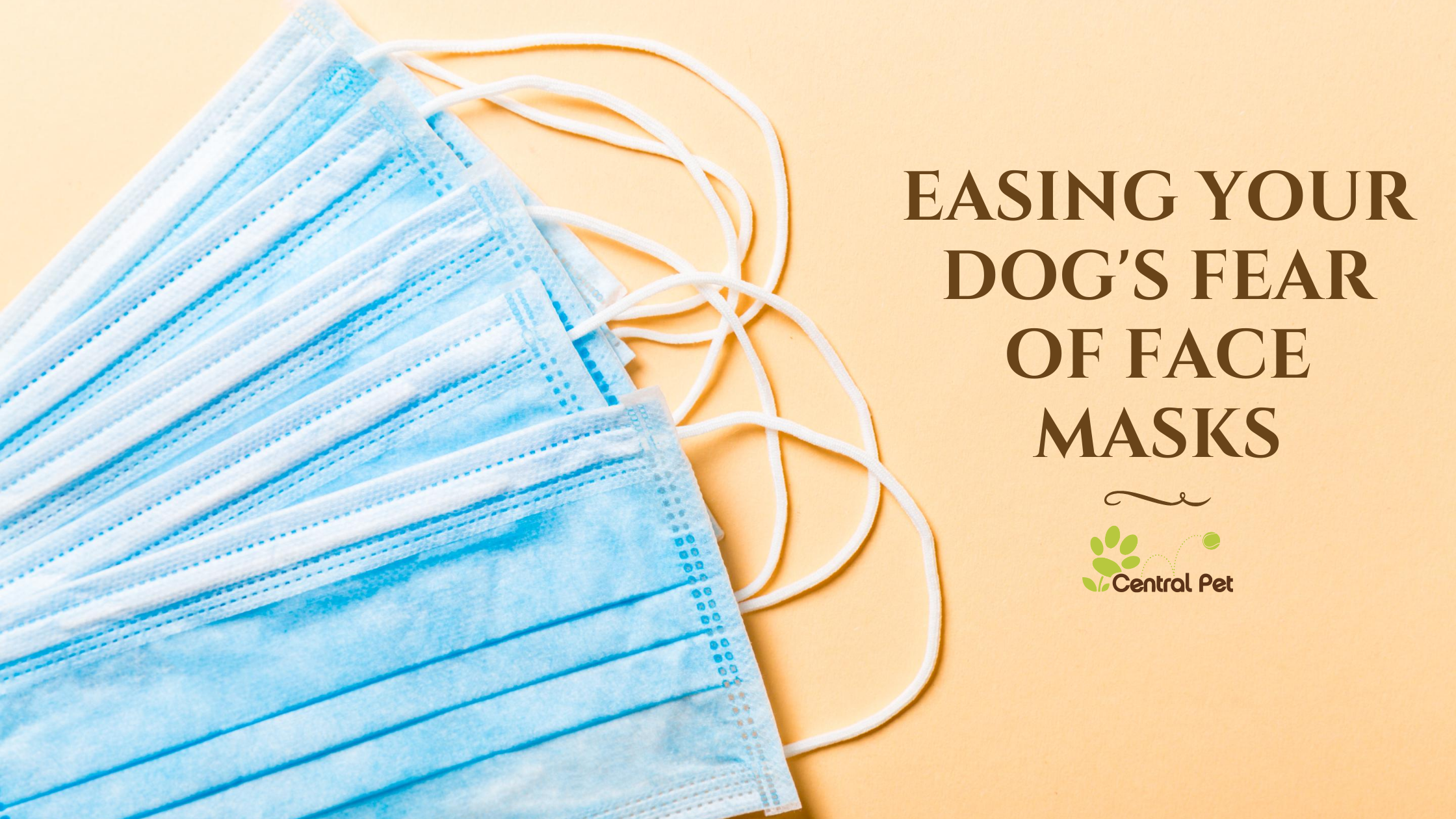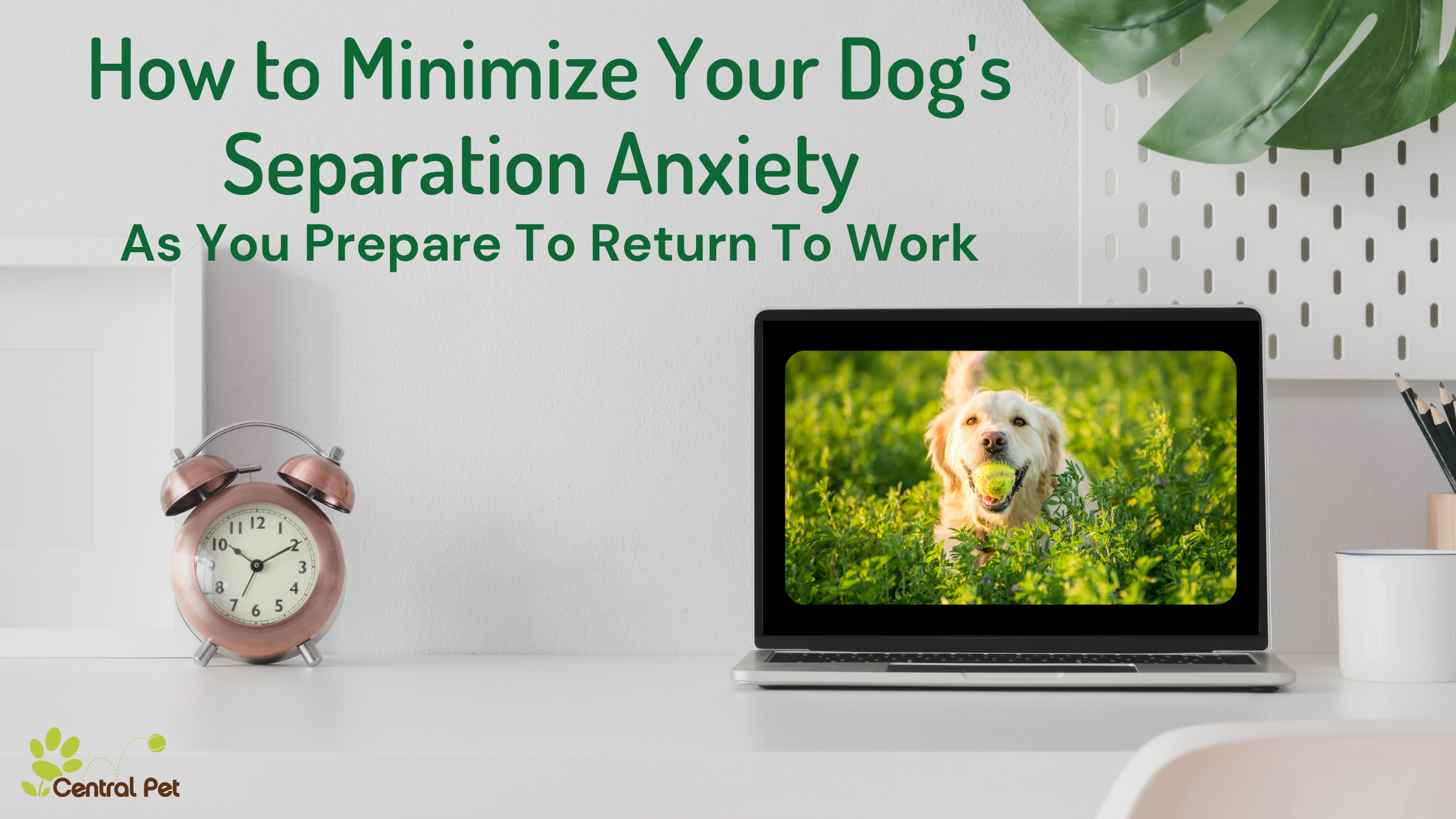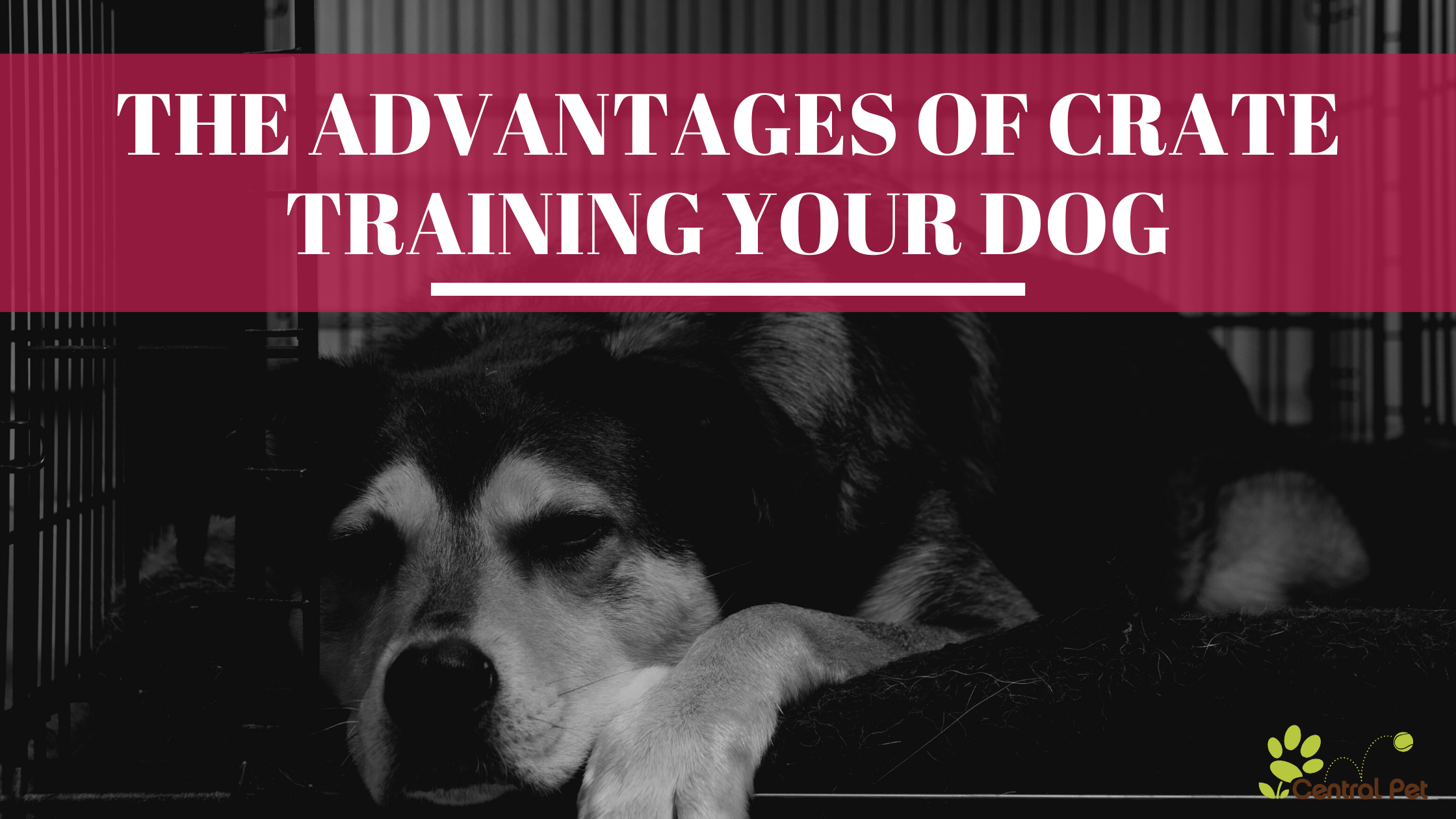Trying to adapt to the ever-changing guidelines regarding the use of face coverings is hard— and not just for humans. Our four-legged friends are struggling, too.
You see, dogs are experts at reading body language, including facial expressions and the emotions they convey. Additionally, they take cues from the sounds we make or the verbal commands we give. Now, with the inability to see faces as often as they are used to, combined with the muffled sound of voices, many pups are left feeling confused, anxious, and even fearful.
If you already have a dog who is sensitive to clothing items like ball caps or sunglasses, then a mask is just one more thing. If you don’t, however, you may be wondering what you can do to make them feel at ease. Below are some training tips to help you (and your dog) out.
Minimizing Fear Begins With Making Them Comfortable
It’s unlikely your precious pup will become less fearful on their own. In fact, you’ll need to put in some effort.
A good first step is to avoid certain environments until your dog becomes more comfortable upon seeing a mask. You might consider avoiding large crowds at places like the park, at restaurants, and on public transportation— basically, anywhere that will make your dog feel nervous. Instead, take your dog out in public during quieter periods of the day. Once they become less fearful, you can explore new environments.
After that, it’s all about working with them until they become more familiar with face coverings in general. A good place to do this is right at home. To ease your dog into the idea of face coverings, try:
- Taking it on and off with your dog until they realize who that masked man (or woman) really is. If your pooch still acts skittish, place the mask on the floor slightly away from you, and then engage in some playtime. Once you’re done playing with your fur baby, try again in the morning.
- Holding your hand over your mouth and nose for a moment then give your dog a treat. Do this several times until they associate a treat with a slightly obscured face. Eventually, they should become more comfortable.
- Talking to your dog as you cover your mouth and nose. This will get them used to hearing you speak without seeing your mouth moving.
Remember, dogs are so used to seeing our faces and hearing our voices, so it’s important that you stay patient when helping them through this. Be sure to watch closely for signs of the dog being scared when you approach them. The goal is to make them less fearful, so back away and try again until it’s no longer an issue. As with any type of dog training, it may take your dog longer than others and that’s okay. Eventually, it’ll get easier for the both of you.






